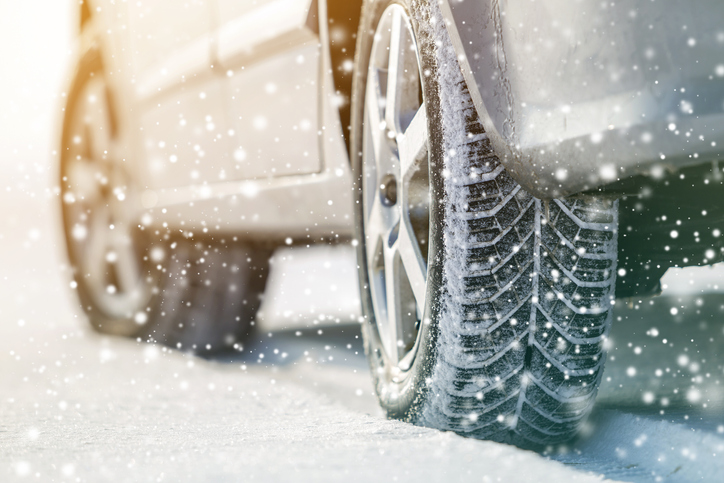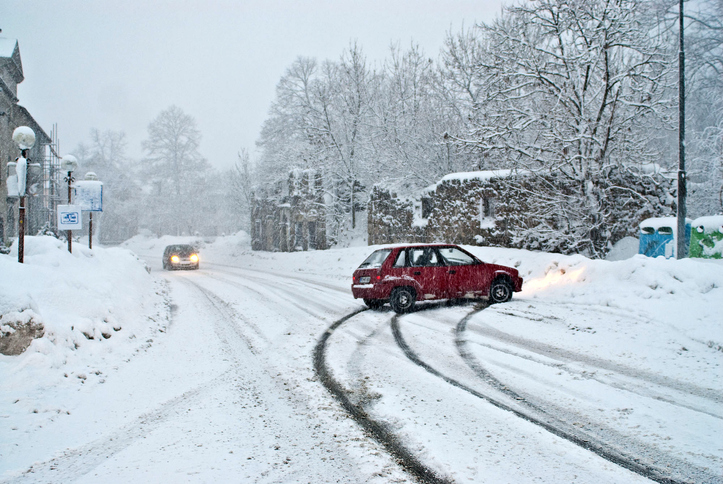
When the cold whip in the air reminds us that Jack Frost is just around the corner, many car owners will make a quick mental note to get the winter tires on asap and add that all-important emergency winter breakdown box to the cargo hold. But there are actually a number of other winter preps car owners can partake in to prevent breakdowns and help their vehicle withstand the many months ahead of freezing temperatures, ice, snow, slush, salt, and other damaging elements.
To find out more on how to best gear up a car for winter, let’s take a quick look at some top tips!
Keep an Eye on the Tires
Choosing a good winter tire is essential in sub-zero climates for ensuring superior traction for trudging through snowy, icy, and slushy road conditions. An auto career pro would be wise to advise customers to check on their tire pressure regularly over the winter months, as cold weather can reduce it. This lower tire pressure can impact the vehicle’s handling on winter roads and even speed up the rate of wear on the rubber, reducing the life of the tire—and at worst posing a threat to the safety of the car’s occupants. Checking the pressure once a month is a good rule of thumb for preventing these scenarios. As a bonus, maintaining correct tire pressure also serves to improve gas economy.

An Auto Career Pro Should Recommend Winter Battery Checks
In winter, a car battery has to be maintained in tip top condition as it must work close to its peak performance to be able to turnover an engine filled with oil thickened by freezing temperatures.
Knowing the car battery is subject to getting battered by cold winter temperatures, car owners should be advised to have it tested now and again at a shop to ensure its functioning efficiency.
Starting the car and running it every day can help to maintain optimal battery capacity—but frequent shorter-style jaunts should be avoided as these types of quick trips can deplete a battery more rapidly.
Brakes Need to Be Tip Top
Winter can throw a lot of obstacles at the driver, with everyone on the road swerving around and generally behaving more unpredictably than normal. Visibility is also reduced by all kinds of sleet and slush hitting the windshield. All of this means more need for abrupt stops, making it critical to have a top-performing braking system. With this in mind, pros with auto mechanic training backgrounds might think to recommend that car owners have their brakes checked before roads start getting snowbound. A mid-season check is also a good idea, to ensure functionality isn’t being reduced by the damaging effects of constant exposure to salt and moisture.

Remember Those Fluids
A car needs to be topped up with all kinds of fluids in winter to combat the cold and icy conditions. Windshield wiper fluid is a must, using a specialized winter formula for melting ice and keeping visibility optimal. Antifreeze—also known as engine coolant—is also essential for its dual purpose of preventing the radiator from freezing or overheating. Finally, the vehicle’s oil should be selected to accommodate colder temperatures, ideally changing over to a lower viscosity grade as soon as temperatures begin to dip.
Are you interested in taking specialized training to pursue one of many possible careers in the auto industry?
Contact Automotive Training Centres for more information on their automotive service technician courses!

